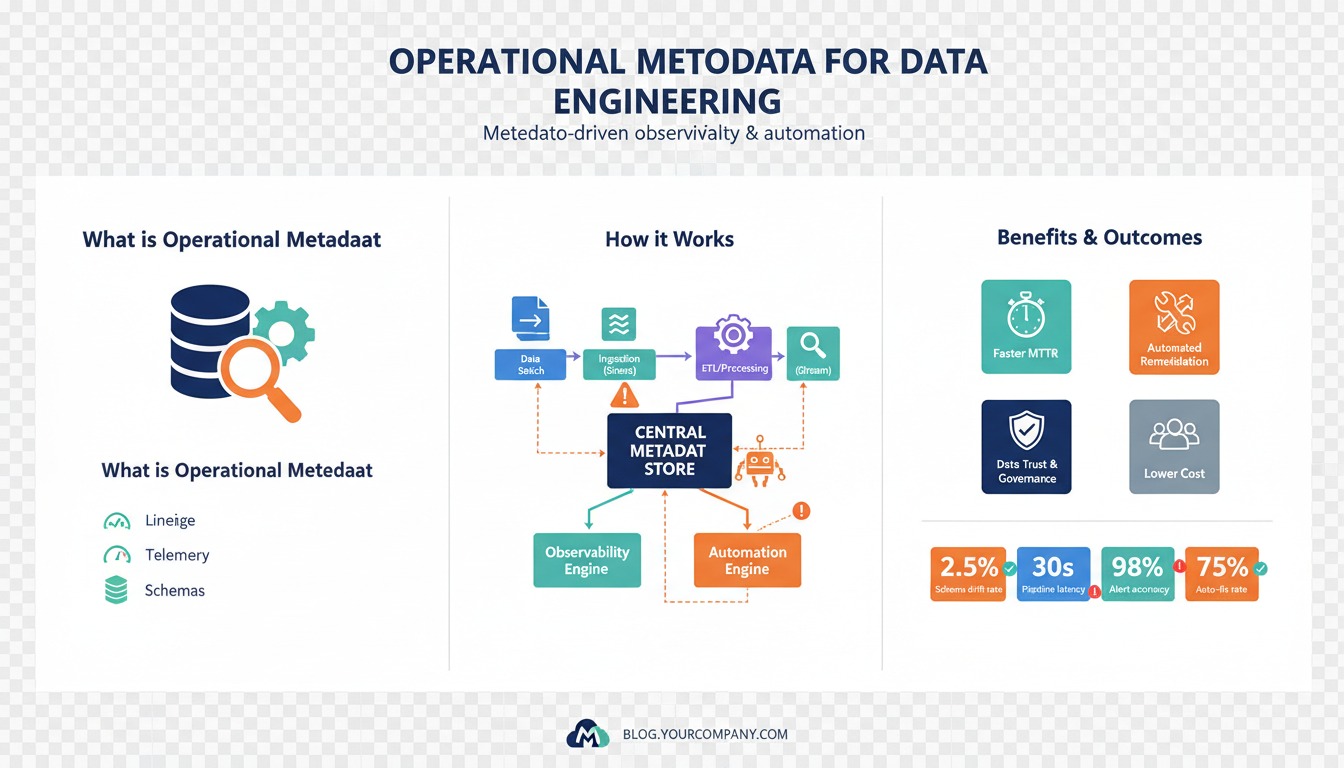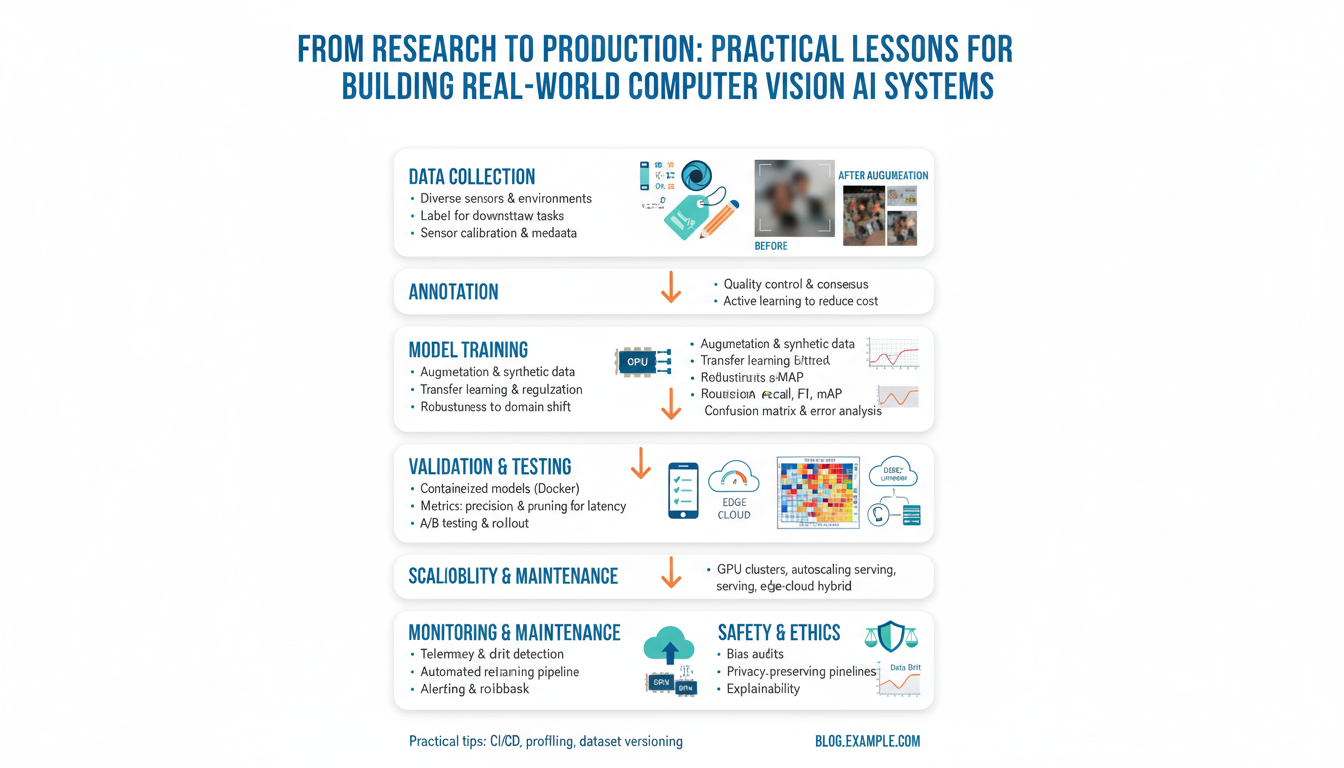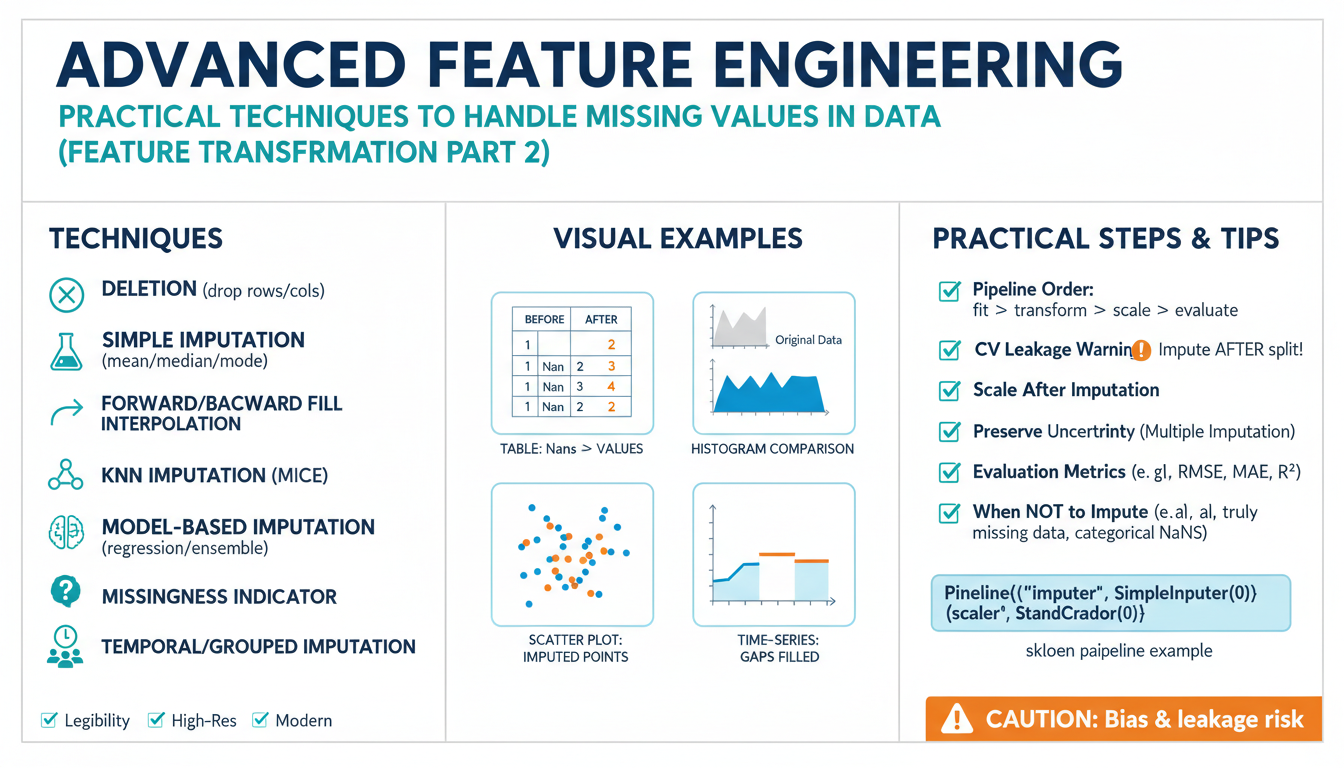What is a Customer Persona and Why is it Important?
A customer persona, also known as a buyer persona, is a semi-fictional representation of your ideal customer based on market research and real data about your current customers. Creating personas involves gathering insights into customer demographics, behaviors, needs, and motivations. This comprehensive profile helps businesses to deeply understand who their customers are, what challenges they face, and what drives their purchasing decisions.
Understanding your target audience in such a detailed way is crucial for several reasons. First, it enables you to tailor your marketing strategies, product development, and communication to better meet the actual needs and preferences of your customers. For instance, when you know your typical customer’s age, job role, interests, and pain points, you can create content, offers, and experiences that resonate more authentically. According to the HubSpot guide on personas, companies who leverage detailed personas drive more effective campaigns and achieve higher customer satisfaction rates.
Personas also play a strategic role in aligning your entire team. When everyone understands exactly who the business serves, teams in product design, marketing, sales, and customer service can work together seamlessly with a shared vision. This alignment often leads to better products and more consistent customer experiences. Harvard Business Review highlights how personas are a crucial tool in improving customer experience across touchpoints.
To create a customer persona, companies typically follow several detailed steps:
- Conduct research: Gather data through interviews, surveys, analytics, and social listening. This uncovers who your customers are and what they care about.
- Identify patterns: Look for commonalities in goals, challenges, demographics, behaviors, and purchasing motives among your existing customers.
- Build out personas: Combine these insights into a narrative format. Include information such as age, job title, interests, values, preferred communication channels, buying motivations, and pain points. For more in-depth guidance, review resources from Content Marketing Institute.
- Use personas strategically: Integrate these personas into every aspect of business—be it marketing, sales scripts, or product features. Regularly update personas to reflect new data and evolving market trends.
By building and leveraging rich, data-driven customer personas, organizations can craft hyper-targeted marketing campaigns, streamline product development, anticipate customer needs, and foster stronger relationships, resulting in higher conversion rates and lasting loyalty.
The Benefits of Using ChatGPT for Persona Creation
Using ChatGPT for persona creation offers several significant advantages that can transform the way businesses understand and interact with their customers. Traditional persona creation methods often involve extensive surveys, interviews, and data analysis. While effective, these methods can be time-consuming and sometimes limited by the scope of human input or the resources available. With ChatGPT, companies gain a versatile and dynamic tool that enhances and streamlines the persona development process in several key ways.
1. Data-Driven Insights at Scale
ChatGPT leverages large language models trained on vast amounts of data to generate insightful, realistic customer personas in a fraction of the time it would take using conventional methods. This AI can process and synthesize information from multiple sources, including customer reviews, social media interactions, and sales data, identifying patterns and personality traits that may not be immediately apparent to human analysts. This enables businesses to craft personas that genuinely reflect their target audience’s motivations, challenges, and preferences.
For more about how AI aggregates and analyzes customer data, check out Harvard Business Review’s overview of AI-driven data analysis.
2. Customization and Flexibility
One of the standout benefits of using ChatGPT is its ability to customize persona creation based on specific business needs. Whether you’re a retail company targeting millennials or a B2B service provider focusing on decision-makers in the tech industry, ChatGPT can develop personas tailored to different market segments or product lines. Simply feed the AI prompts or data relevant to your market, and it will create tailored personas, complete with demographic details, buying behaviors, and pain points. This flexibility allows for continual refinement and experimentation, ensuring that personas stay accurate as trends evolve.
A step-by-step example:
- Gather inputs: Provide ChatGPT with data such as common customer queries, existing survey responses, or social media feedback.
- Define objectives: Specify what you want from your persona (e.g., understanding purchase motivations, identifying barriers).
- Review AI-generated persona: Assess the output and iterate as necessary, testing different inputs or scenarios.
MIT Sloan explains why this ongoing experimentation is vital in their article on business personalization via AI.
3. Speed and Efficiency
Traditional persona research can take weeks or even months. With ChatGPT, you can dramatically accelerate this process. ChatGPT rapidly processes information and delivers detailed persona profiles almost instantly. This means marketing teams can quickly respond to market shifts, adjust campaigns on the fly, and test multiple audiences with little delay. For example, a product manager preparing for a new launch can generate several customer personas in a single brainstorming session, helping to shape messaging and product features before going to market.
This efficiency ensures resources are devoted to strategy implementation rather than administrative overhead. For further reading on the efficiency of AI tools, see this detailed study from McKinsey on the state of AI.
4. Objective, Bias-Reduced Personas
Human researchers may unconsciously introduce bias when interpreting qualitative data, but ChatGPT can approach the data more objectively, guided by the prompts and datasets it receives. While no system is completely free of bias, AI tools can be programmed to consider more diverse data points and to check outputs for inconsistencies, leading to more balanced customer personas. This supports marketing efforts to be more inclusive and to resonate authentically with broader audiences.
A summary of best practices for mitigating AI bias is provided in this Nature article on ethical AI.
In summary, leveraging ChatGPT for persona creation enables teams to work smarter and faster while producing nuanced, data-driven personas. The tool’s ability to process large datasets, customize personas, speed up workflows, and reduce bias makes it an invaluable asset for modern businesses aiming to connect with their customers more effectively.
Step-by-Step Guide: Building a Customer Persona with ChatGPT
Creating a detailed customer persona is crucial for targeted marketing, improved customer experience, and product development. Leveraging AI tools like ChatGPT can dramatically streamline and enhance this process. Here’s how you can build a robust customer persona using ChatGPT:
1. Know What Information You Need
Before you prompt ChatGPT, clearly identify what data you need in a customer persona. Key components typically include:
- Demographic Details: Age, gender, income, location, education level.
- Psychographics: Interests, values, lifestyle, pain points, motivations.
- Behavior Patterns: Purchase behavior, preferred communication channels, online activity.
Consult established frameworks, like HubSpot’s Buyer Persona Guide, to structure your information needs.
2. Prepare Quality Data and Inputs
ChatGPT’s output is only as strong as your input. Gather data from existing customers, surveys, social media analytics, and market research. The more specific your details, the richer your persona will be.
Example prompt for ChatGPT:
Suggest a customer persona for a mid-priced fitness app targeted at busy professionals, using common pain points and goals highlighted in recent market research.
Tip: Feed ChatGPT both qualitative information (customer feedback, testimonials) and quantitative info (demographics, purchase stats).
3. Design Effective Prompts for ChatGPT
Well-structured prompts yield more accurate personas. Instead of asking generically, be as specific as possible:
- “Generate a persona for a 32-year-old urban woman who is interested in sustainable fashion and shops online at least twice a month. Include hobbies, motivations, and challenges.”
- “Based on the following pain points from our survey, create a detailed persona profile: lack of time for meal prep, prioritizing family health, looking for budget-friendly solutions.”
For prompt engineering best practices, explore OpenAI’s research on prompt design.
4. Analyze and Refine the Generated Persona
After receiving an output from ChatGPT, critically evaluate the relevance and specificity. Does the persona align with your target audience? Are the motivations, challenges, and behaviors realistic?
Iterate on your prompts if needed. You might prompt ChatGPT to “expand on the persona’s preferred communication channels” or “suggest how this persona would respond to loyalty programs.” The persona should evolve as you gather more data or refine your focus.
5. Visualize and Share the Persona
Once finalized, organize the information into a clear, actionable format. Use templates or visual tools like Xtensio or Canva to create persona documents that are easy to share with your team. This ensures consistent understanding across your organization.
6. Validate and Update Regularly
Customer personas are dynamic; markets and customers change over time. Continuously validate your personas with real-world feedback and performance data. Tools like Qualtrics can help with ongoing customer research.
By following these detailed steps, and leveraging the generative capabilities of ChatGPT, you’ll build customer personas that guide impactful business decisions and help you connect deeply with your target audience.
Key Prompts to Use with ChatGPT for Persona Development
To effectively use ChatGPT for persona development, leveraging the right prompts is key. Thoughtful and specific prompts help extract detailed, actionable information that goes beyond surface-level demographic details. Here’s how you can approach this process for maximum results:
Start with Demographic Foundations
Begin by asking ChatGPT to outline basic demographic traits—such as age, gender, income, and location. For example:
- Prompt: “Create a detailed customer persona for a 30-45 year old woman living in an urban area, earning $60,000-$90,000, interested in eco-friendly products.”
This foundational step sets the framework for deeper questions and ensures the persona aligns with your target audience. Demographic data remains a cornerstone in marketing—underlined by resources like Pew Research Center, which highlights the importance of understanding who your customers are.
Dive into Psychographics
Go beyond demographics by prompting ChatGPT for psychographic data. This includes values, interests, attitudes, and lifestyle choices. Try:
- Prompt: “What motivates this persona to choose eco-friendly products? What are her biggest lifestyle challenges related to sustainability?”
This level of detail can uncover insights that inform not just product development but also marketing messaging. The American Marketing Association discusses how psychographic targeting leads to more resonant, persuasive marketing campaigns.
Map Out Goals and Pain Points
To understand your customer’s journey, ask ChatGPT to clarify what your persona wants (goals) and what gets in their way (pain points). Example prompts include:
- Prompt: “List three primary goals and three major pain points for this eco-conscious urban woman regarding her shopping habits and product use.”
Identifying these will refine your sales approach and help tailor support and content. For further background, Harvard Business Review highlights the necessity of aligning business strategies with customer pain points and aspirations.
Explore Purchase Behavior and Content Preferences
Understanding buying triggers and information sources is crucial. Prompt ChatGPT with:
- Prompt: “Describe her typical decision-making process for purchasing new eco-friendly products. What online channels or content formats does she prefer for research and purchasing?”
This helps shape relevant marketing and content strategies, increasing the likelihood of conversion. For further reading, McKinsey & Company offers insight into the modern customer decision journey and the impact of digital content.
Validate and Iterate with Hypothetical Scenarios
Finally, test your persona by creating real-world scenarios. This could involve:
- Prompt: “How would this persona react to a price increase on her favorite eco-friendly product? What kind of loyalty program would entice her to return?”
By simulating responses, you can validate the depth and accuracy of your customer understanding and adjust your persona if needed. This iterative process is supported by insights from ConversionXL, which emphasizes testing personas against realistic business cases.
Using these key prompts with ChatGPT ensures not only robust persona development but also actionable insights to drive your marketing and product strategies forward.
Common Mistakes to Avoid When Creating Personas with AI
When leveraging ChatGPT or any AI tool to develop customer personas, it’s crucial to tread carefully—there are several common pitfalls that can lead to ineffective or misleading outcomes. Avoiding these mistakes will ensure your personas are valuable, actionable, and grounded in reality rather than fiction.
Relying Solely on AI-Generated Data
One common error is depending exclusively on the information provided by AI, without cross-referencing it with real customer data. While AI models like ChatGPT can synthesize existing information and spot patterns, it’s important to remember they do not have access to your actual customer database unless specifically trained on it. This can result in generic or inaccurate personas that don’t reflect the unique aspects of your audience. Always compare AI outputs with data from customer interviews, surveys, or analytics platforms, such as Google Analytics. This practice helps validate and refine your personas, ensuring they represent your real customers, not just theoretical constructs.
Overgeneralizing or Stereotyping
AI language models are trained on large datasets, which sometimes leads to overgeneralizations or reinforcing stereotypes. For example, an AI might suggest that all millennials are tech-savvy and value experiences over possessions, but this is an oversimplification. Instead, dig deeper by asking more nuanced questions and using segmentation data from sources like Pew Research Center. Adopt a critical eye and challenge any assumptions that appear too broad or are based on clichés. This improves the qualitative value of your customer personas.
Skipping Iterative Refinement
Another frequent mistake is treating AI-generated personas as a one-and-done task. Effective personas are living documents. Start with an initial draft from ChatGPT, then refine it through cycles of feedback and additional data gathering. Regularly revisit and adjust personas after product launches, new market research, or as customer behaviors shift. The Harvard Business Review recommends a continuous process of persona refinement to keep them relevant and actionable.
Ignoring Stakeholder Input
Creating personas in isolation is rarely effective. AI’s suggestions must be interpreted and adjusted based on input from marketing, sales, product development, and even actual customers where possible. Host workshops or brainstorming sessions to test and validate AI-generated personas with your team. This collaborative approach ensures that the persona resonates throughout your organization and is adopted in day-to-day decisions. Learn more about the benefits of teamwork in persona development from this guide by Nielsen Norman Group.
Neglecting Ethical and Privacy Considerations
AI can piece together information that, if mismanaged, could result in privacy violations or ethical concerns. Make sure to abide by data privacy regulations such as GDPR, and avoid including personally identifiable or sensitive information in your personas. An ethical approach builds trust with your customers and helps you avoid regulatory pitfalls.
By being vigilant about these common mistakes, you can harness the power of ChatGPT and similar AI tools to create customer personas that are insightful, practical, and truly tailored to your business’s unique audience.
Examples: ChatGPT-Generated Customer Personas in Action
To illustrate the real-world value of using ChatGPT for customer persona creation, let’s walk through some detailed, practical examples. These case studies highlight exactly how ChatGPT can transform a handful of business details into nuanced, actionable personas—speeding up the research process while lending creative, data-inspired insights.
Example 1: Crafting a Persona for an Eco-Friendly Skincare Brand
Suppose an emerging skincare company wants to define their ideal customer for a new organic moisturizer line. By inputting data like their product characteristics, market segment, and competitive advantages, ChatGPT can generate a robust persona. Here’s how that process might unfold:
- Input Details: The user prompts ChatGPT with, “Generate a detailed persona for a 20–35-year-old woman interested in cruelty-free, natural ingredients, who follows sustainability blogs and shops online.”
- ChatGPT’s Output: The AI delivers a sample persona such as: ‘Emma, age 28, is a digital marketing specialist living in Austin, Texas. She spends her weekends hiking and is active on Instagram and Pinterest. Emma purchases only cruelty-free beauty products and relies on trusted reviews from Environmental Working Group and YouTube influencers. She values eco-friendly packaging and supports brands with transparent supply chains.’
- Actionable Insights: From Emma’s persona, the company learns to emphasize sustainable packaging, influencer partnerships, and engaging Instagram content in their marketing strategy. For more on the process and impact of personas, check out the HubSpot Persona Tool.
Example 2: Targeting B2B SaaS Customers with ChatGPT
For a software-as-a-service (SaaS) company targeting small business owners, ChatGPT can rapidly generate persona variations for different industry verticals. Let’s see it in action:
- Input Details: The prompt might be, “Act as a B2B marketer and describe a typical buyer for project management tools in the construction industry.”
- ChatGPT’s Output: ChatGPT creates ‘James, 42, runs a small construction firm in Denver. He is tech-savvy, values efficiency, and is responsible for both scheduling and budgeting. James often consults reviews on Capterra and forums on Reddit before making software purchases. He prefers cloud-based platforms that integrate with accounting tools like QuickBooks.’
- Actionable Insights: This persona helps SaaS marketers tailor their product demos, case studies, and partner integrations.
Example 3: Persona Refinement Through Iterative Prompts
One of ChatGPT’s standout features is iterative persona building. Teams can refine personas by layering prompts that add complexity or specificity. For instance:
- Initial Prompt: “Create a persona for a parent shopping for healthy after-school snacks for children ages 5–10.”
- Follow-Up: “Make this persona Hispanic, living in an urban area, and concerned about sugar content.”
- ChatGPT’s Output: The AI responds with ‘Maria, 36, lives in Chicago and works full-time. She prefers snacks with natural ingredients, values bilingual labeling, and often introduces culturally familiar flavors to her children. She reads nutrition advice from the CDC Nutrition section and follows parenting forums.’
- Actionable Insights: This granular persona lets the marketing team refine messaging and develop culturally relevant products, backed by nutritional trust signals. For more on the iterative design process, Harvard Business Review’s guide to smart business experiments offers great insights.
These examples show just how versatile—and vital—ChatGPT can be in developing customer personas that combine market data with creative, human-centric insights. By leveraging these detailed personas, businesses can align products, marketing, and customer experience with genuine user needs and motivations. For further reading, explore the American Marketing Association’s deep dive on the impact of customer personas.



